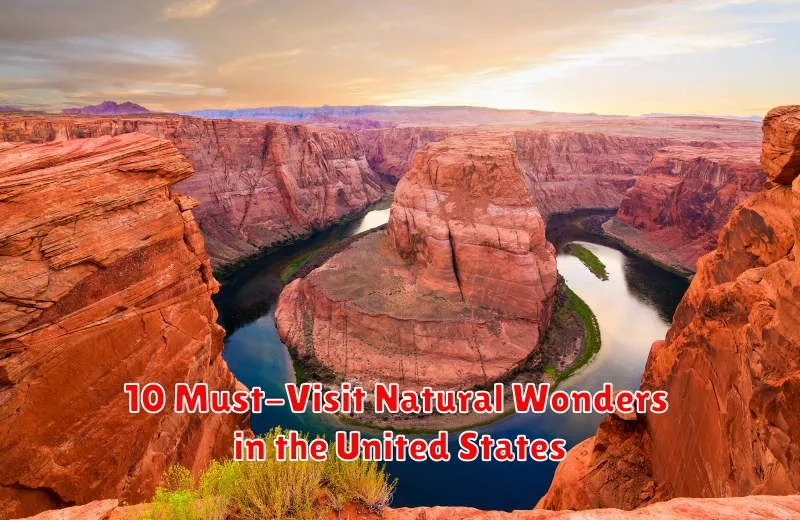The United States, a land of diverse landscapes and breathtaking scenery, boasts a remarkable collection of natural wonders. From towering mountain ranges and majestic canyons to pristine coastlines and otherworldly geothermal features, the country offers a wealth of natural wonders for adventurers, nature enthusiasts, and those seeking respite in the beauty of the natural world. This article presents ten must-visit natural wonders in the United States, showcasing the country’s incredible biodiversity and geological marvels. Prepare to be inspired to explore these remarkable destinations and witness the awe-inspiring power of nature.
Embark on a journey across the United States and discover the unparalleled beauty of these ten must-visit natural wonders. Whether you are drawn to the rugged peaks of the Rocky Mountains, the vibrant hues of the desert Southwest, or the tranquil serenity of coastal havens, these destinations promise an unforgettable experience. Each natural wonder offers a unique glimpse into the country’s natural heritage and provides opportunities for adventure, exploration, and a deeper connection with the natural world. Get ready to be captivated by the sheer magnificence of these natural wonders in the United States.
Grand Canyon National Park
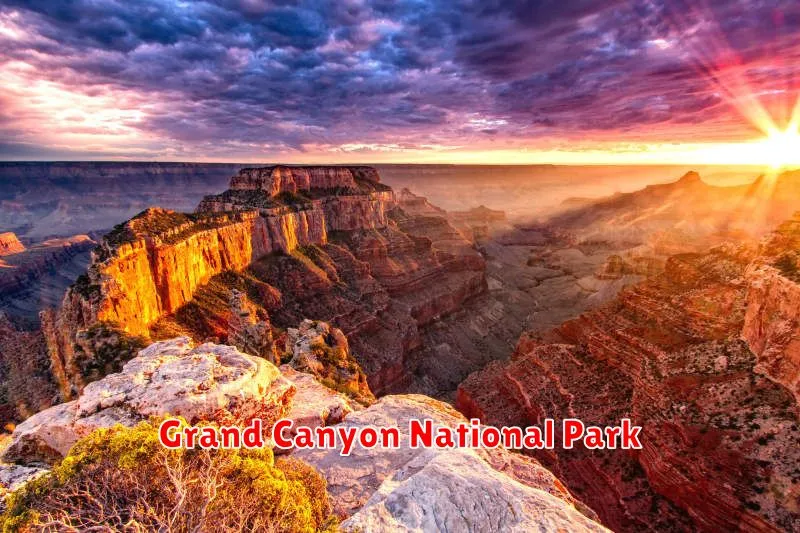
Located in Arizona, Grand Canyon National Park offers breathtaking views of one of the world’s most remarkable natural wonders. The canyon, carved by the Colorado River over millions of years, is an immense gorge reaching depths of over a mile.
Visitors can experience the canyon’s vastness through various viewpoints along the South Rim, which offers easy accessibility and numerous amenities. Hiking into the canyon provides a more immersive experience, but requires careful planning and physical preparedness.
The park offers a range of activities beyond sightseeing, including mule rides, rafting trips, and ranger programs. Experiencing the sunrise or sunset over the Grand Canyon is an unforgettable experience, showcasing the canyon’s vibrant colors and immense scale.
Yosemite National Park

Located in California’s Sierra Nevada mountains, Yosemite National Park is renowned for its giant, ancient sequoia trees and dramatic granite cliffs.
Yosemite Valley, a glacial valley carved by the Merced River, is a focal point of the park, featuring iconic landmarks like Half Dome and El Capitan. These granite monoliths attract rock climbers from around the world.
Beyond the valley, the park encompasses a vast wilderness area, offering opportunities for hiking, camping, and exploring diverse ecosystems. Yosemite’s natural beauty provides a truly awe-inspiring experience.
Yellowstone National Park
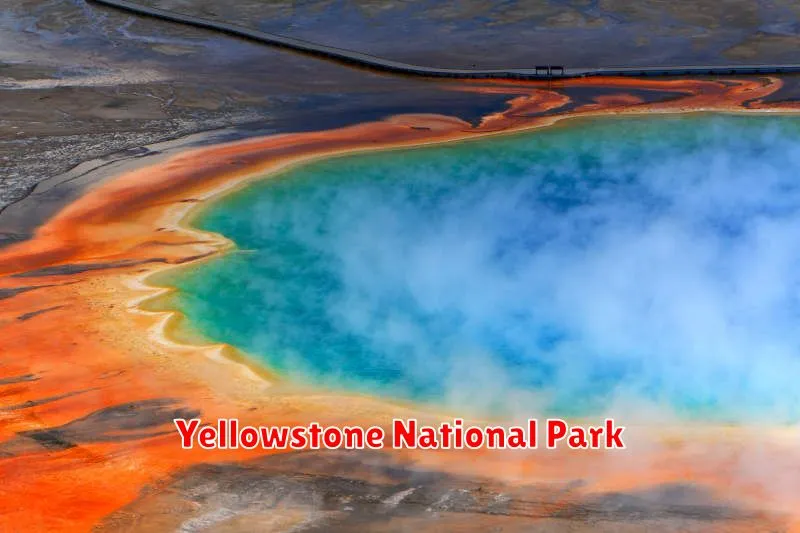
Established in 1872, Yellowstone is renowned as the world’s first national park. Located primarily in Wyoming, it extends into Montana and Idaho.
This geothermal wonderland boasts a diverse ecosystem. Visitors can witness dramatic geysers like Old Faithful, vibrant hot springs, and bubbling mud pots. The park is also home to a wide array of wildlife, including bison, elk, wolves, and grizzly bears.
Hydrothermal features are a key attraction, shaped by volcanic activity over millions of years. The park’s Grand Prismatic Spring is famous for its rainbow of colors.
Zion National Park
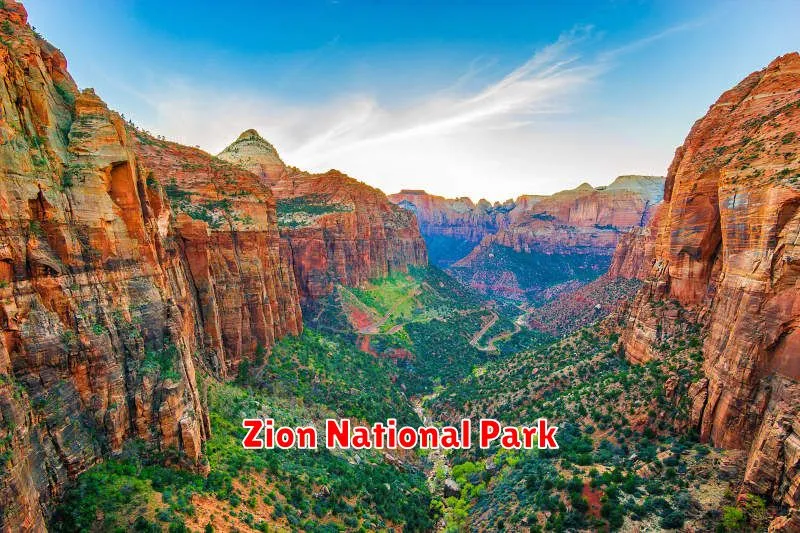
Located in southwestern Utah, Zion National Park is a breathtaking display of massive sandstone cliffs, narrow canyons, and the Virgin River flowing through its heart.
Hiking is a popular activity, with trails ranging from easy riverside strolls to challenging climbs with rewarding views. The iconic Narrows hike, wading through the river within the canyon walls, is a unique experience.
The Emerald Pools Trail, Angels Landing, and Observation Point offer stunning panoramic vistas of the park’s diverse landscapes.
Bryce Canyon National Park
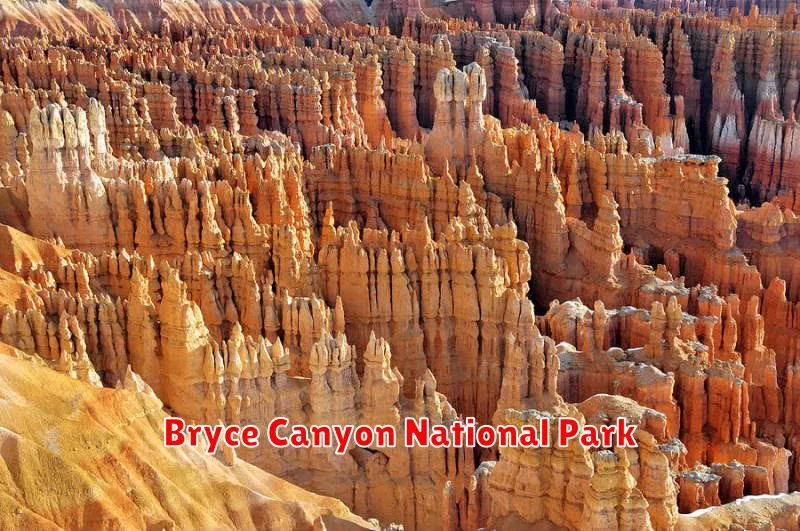
Located in southern Utah, Bryce Canyon National Park is a geological marvel characterized by its unique hoodoos. These spire-shaped rock formations, formed by frost weathering and stream erosion, create a breathtaking landscape of vibrant colors and intricate patterns.
While not technically a canyon, the amphitheater-shaped features offer stunning views from various viewpoints along the rim. Visitors can hike among the hoodoos, exploring the park’s trails and experiencing the beauty up close. The park also offers dark night skies, ideal for stargazing.
Great Smoky Mountains
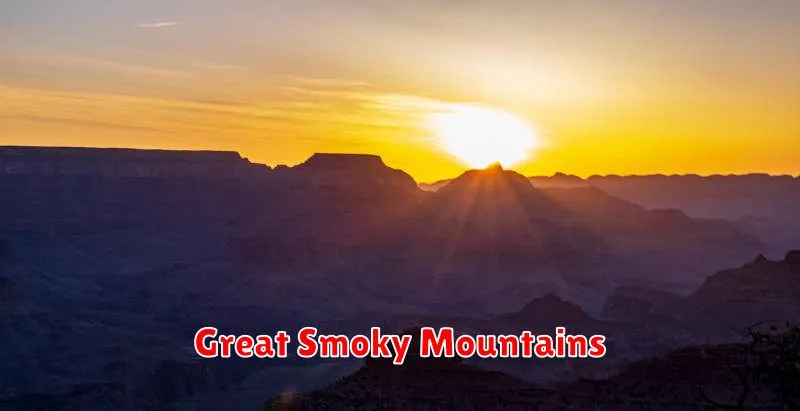
Straddling the border of North Carolina and Tennessee, the Great Smoky Mountains National Park is a biodiversity hotspot. Renowned for its mist-shrouded peaks and ancient forests, the park offers a diverse range of flora and fauna.
Visitors can explore over 800 miles of hiking trails, ranging from easy strolls to challenging climbs. Wildflower viewing is a popular activity in the spring, while the fall foliage provides breathtaking displays of color.
Black bears are a common sight, along with elk, deer, and a variety of bird species. The park also preserves remnants of Southern Appalachian mountain culture, with historic buildings and settlements scattered throughout.
Arches National Park
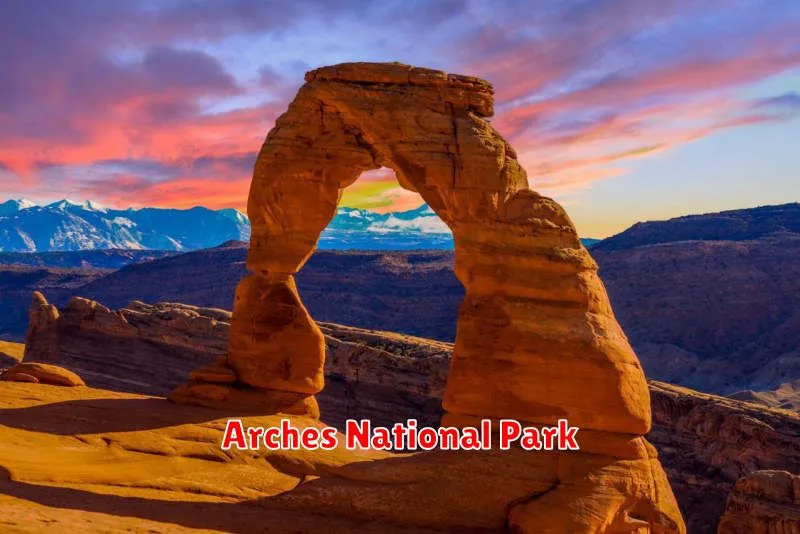
Located in eastern Utah, Arches National Park is renowned for its extraordinary collection of over 2,000 natural sandstone arches. These iconic geological formations, sculpted by wind and water over millions of years, create a breathtaking landscape unlike any other.
Key features include Delicate Arch, Landscape Arch, and Balanced Rock. Visitors can explore the park through hiking trails, scenic drives, and ranger-led programs. The park also offers exceptional opportunities for stargazing due to its minimal light pollution.
Be sure to plan your visit accordingly as summer temperatures can be extreme. Reservations are required to enter the park from April 1st to October 31st.
Niagara Falls
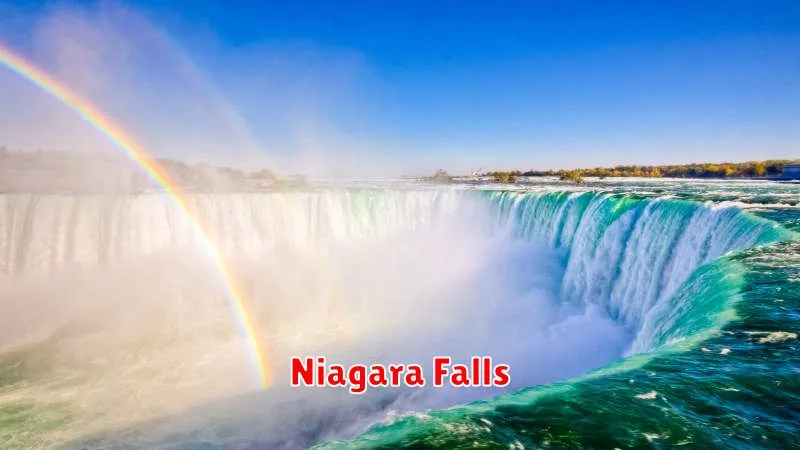
Straddling the border between the United States and Canada, Niagara Falls is a group of three massive waterfalls at the southern end of Niagara Gorge. Comprised of Horseshoe Falls, American Falls, and Bridal Veil Falls, this natural wonder draws millions of visitors annually.
The falls are renowned for their immense power and breathtaking beauty. The sheer volume of water cascading over the cliffs is a truly awe-inspiring sight. Visitors can experience the falls from various vantage points, including observation towers, boat tours, and even from behind the cascading water.
Mount Rainier National Park
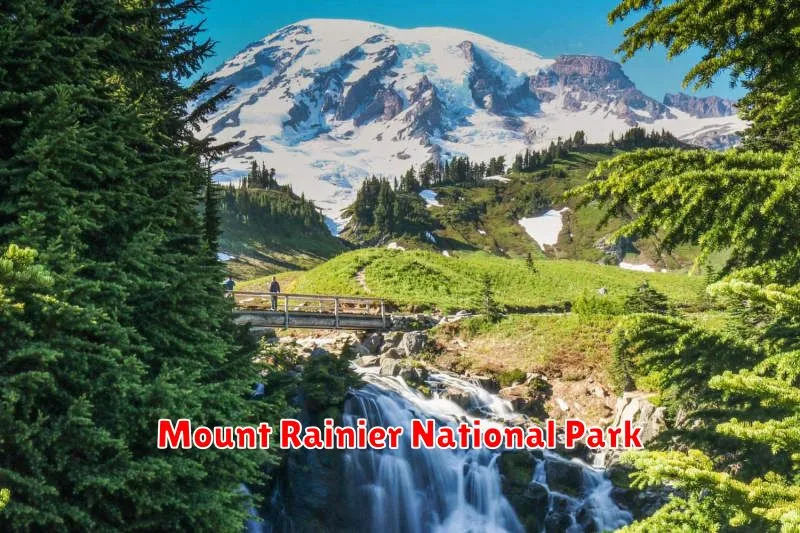
Dominated by the iconic Mount Rainier, an active volcano, this national park offers breathtaking scenery and a diverse range of ecosystems. Standing at 14,410 feet, Mount Rainier is the most glaciated peak in the contiguous U.S. and a prominent feature of the Cascade Range.
Visitors can experience wildflower meadows, old-growth forests, and subalpine landscapes. Opportunities for hiking, camping, and mountain climbing abound, catering to various skill levels. The park’s beauty is especially striking during the summer months when the meadows are in full bloom.
Everglades National Park
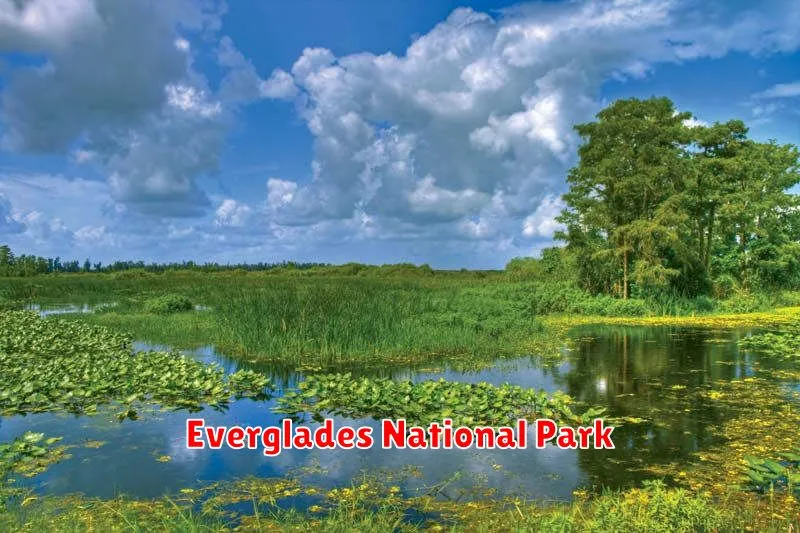
Located in southern Florida, Everglades National Park protects an unparalleled ecosystem. This vast wetland, often referred to as the “River of Grass,” provides a critical habitat for numerous endangered and threatened species, including the American crocodile, Florida panther, and West Indian manatee.
Visitors can explore the park through various activities like airboat tours, kayaking, and hiking. Experiencing the unique flora and fauna of this subtropical wilderness offers a glimpse into a truly remarkable natural environment. The park’s delicate balance emphasizes the importance of conservation efforts to preserve this national treasure.

